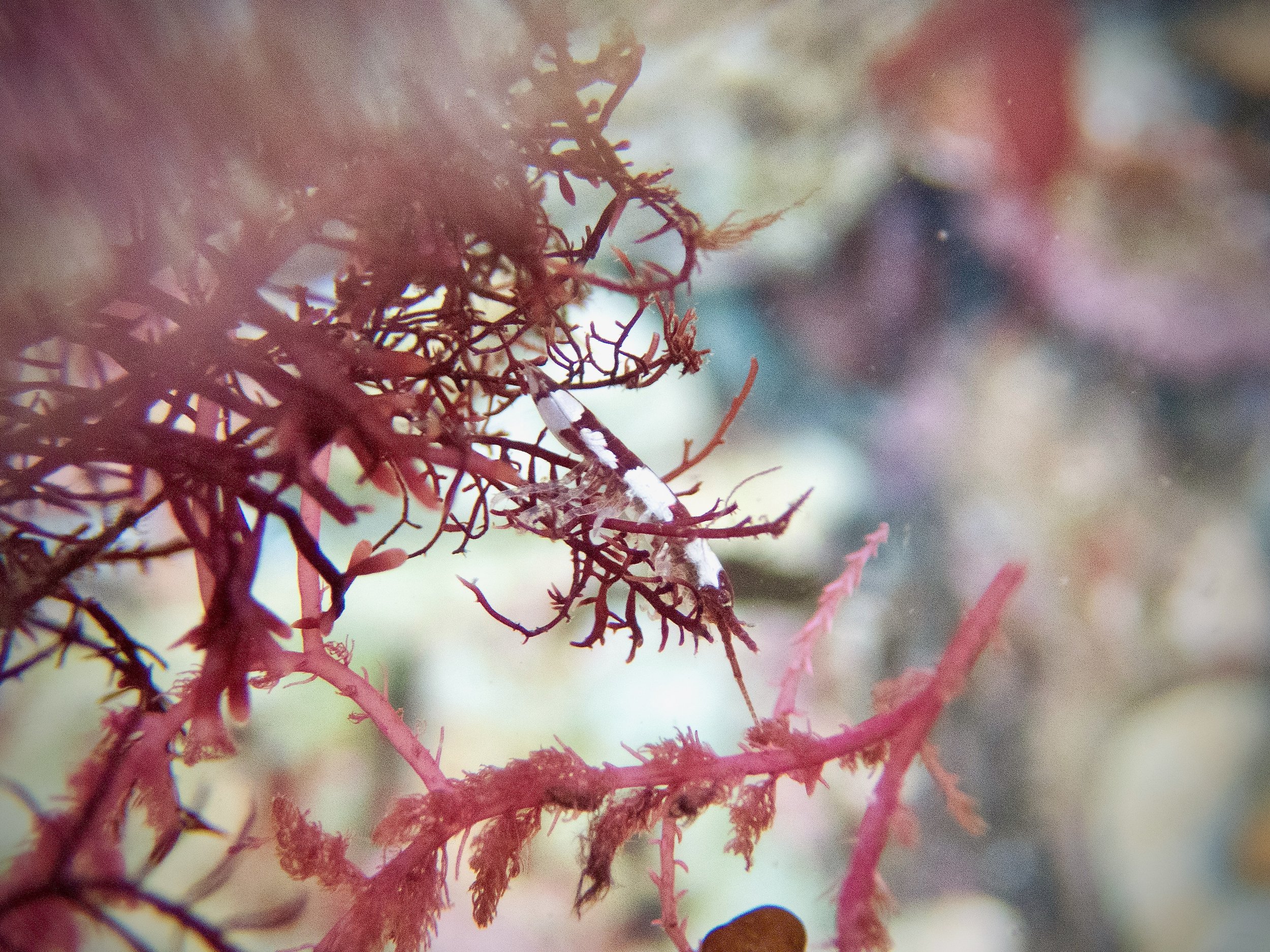Research
Information and sensation in
the evolution of Life on Earth
Life relies on information. From molecules like RNA and DNA to organisms to ecosystems, nothing in biology makes sense without bits and “bites” of information.
But what is information, and why is it so important? If it is so essential to life on Earth, why is only some information processed by the senses and other sources/types of information ignored? Why are some organisms information specialists and others info generalists?
The study of sensation and information processing, or information ecology, spans many disciplines in biology, including molecular biology, sensory biology, physiology, cognitive science, behavioural ecology, neuroscience and more. Because information is so essential to life and life processes, by studying information we study biology from a multilevel, interdisciplinary perspective.
Antennule shift in the common hermit crab P. bernhardus. This is part of the video footage from our first experiment examining attention in crustaceans. In this experiment, we added a stimulus to the water a crab was in and watched for a change in the direction its antennules were flicking to see if the crab shifted attention in response to the stimulus. We also examined how vulnerability affects attention, crab vigilance and the value of different types of information (a.k.a., signal salience). Finally, we looked to see if crabs might show evidence that they can control attention if needed (for example, if predators are about). The attentional shift happens quickly after the cue is added to the water. In this video, we first show the process in real-time, then slowed to 240 frames per second so that you can clearly see what happens when a crab shifts its antennular ‘gaze’, demonstrating a shift of attention. Enjoy!
Information and sensation in
hermit crabs, isopods and other crustaceans
There are many different ways to study information and all it means in biology. I use model organisms to conduct my research in the lab and out in the field.
The species I look at are all crustaceans. Initially, I used hermit crabs to answer questions about how information gathering impacted decision-making. I still work with hermit crabs and other decapod crustaceans (crabs, shrimp, etc.). Lately, however, I have started devoting more time to isopods.
Isopods (woodlice, pillbugs, sea slaters, sea pill-balls) are small crustaceans living in almost every Earth biome! Isopods are everywhere, from ocean depths to mountain peaks, from the tropics to the deserts. They are incredibly successful invertebrates. This diversity of habitats makes them an ideal species to study to examine how different environments (water vs land, seawater vs freshwater, etc.) affect the evolution of sensation, information processing, cognition and decision-making.
Now, using both decapods (still, mostly hermit crabs) and isopods, I look at the function and morphology of different crustacean sensory structures and examine correlated physiological performance and behavioural specialisations. For example, I recently completed a project looking at how the crustacean 1st antennae (or antennule) is used to pay attention to information that might help more vulnerable hermit crabs respond to risk in their environment. Take a look at the video below!
For more information about my research activities, head over to
where you can learn all about the research I do and the incredible students helping me discover even more about the biology, ecology and behaviour of Earth’s coolest creatures:




